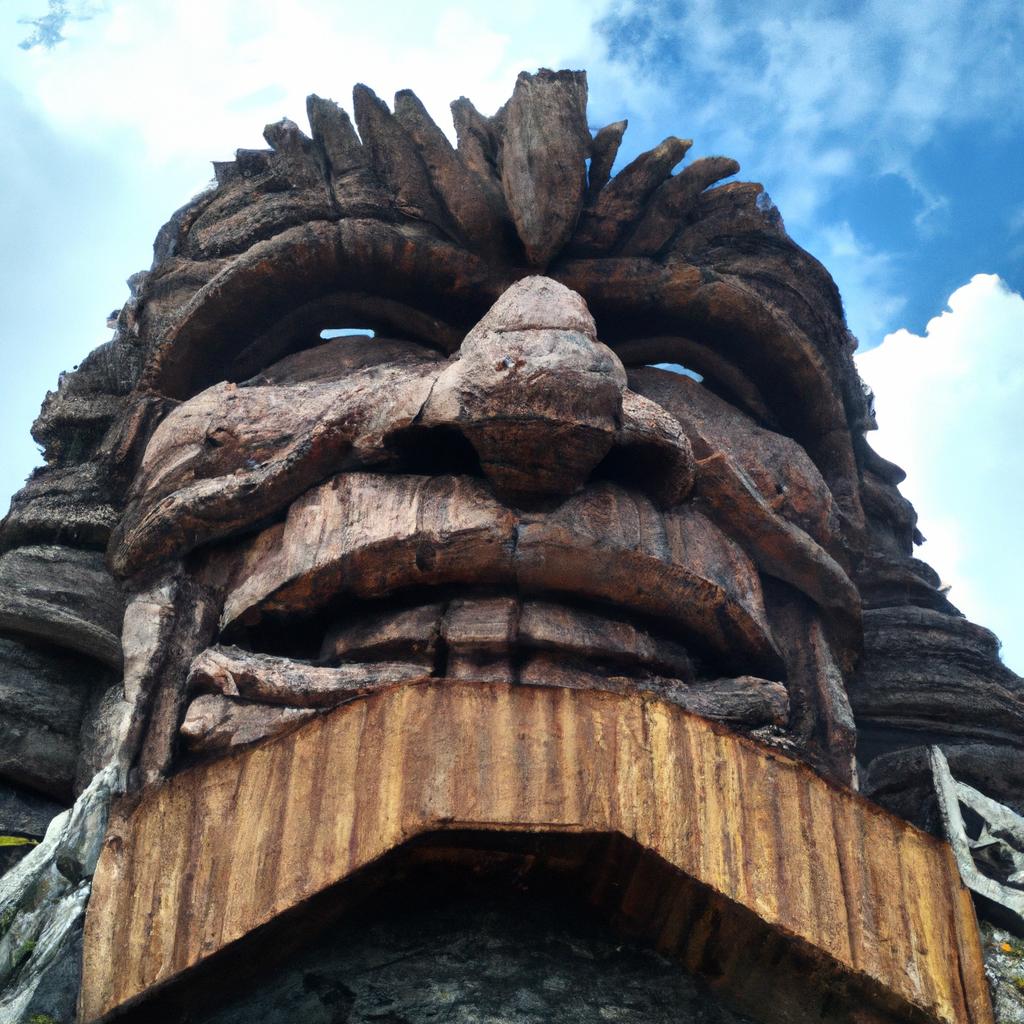As human beings, we have always been captivated by the splendor and magnificence of enduring artistic creations. One such awe-inspiring masterpiece is the “world’s largest carving.” These sculptures and carvings are of monumental size, crafted with exceptional precision and intricate detailing.
The world’s largest carving has an immense allure, intriguing people from all corners of the globe. Throughout history, skilled artisans have created monumental carvings to honor the cultural and historical significance of their civilizations. Today, these carvings not only serve as cultural treasures but also act as major tourist attractions, generating substantial revenue for their respective regions.
In this article, we will delve into the realm of the world’s largest carvings. We will journey through their history, creation process, and explore their impact on diverse cultures and economies. Join us on this thrilling adventure as we uncover the wonders and stories behind the world’s largest carving.
The History of the World’s Largest Carvings
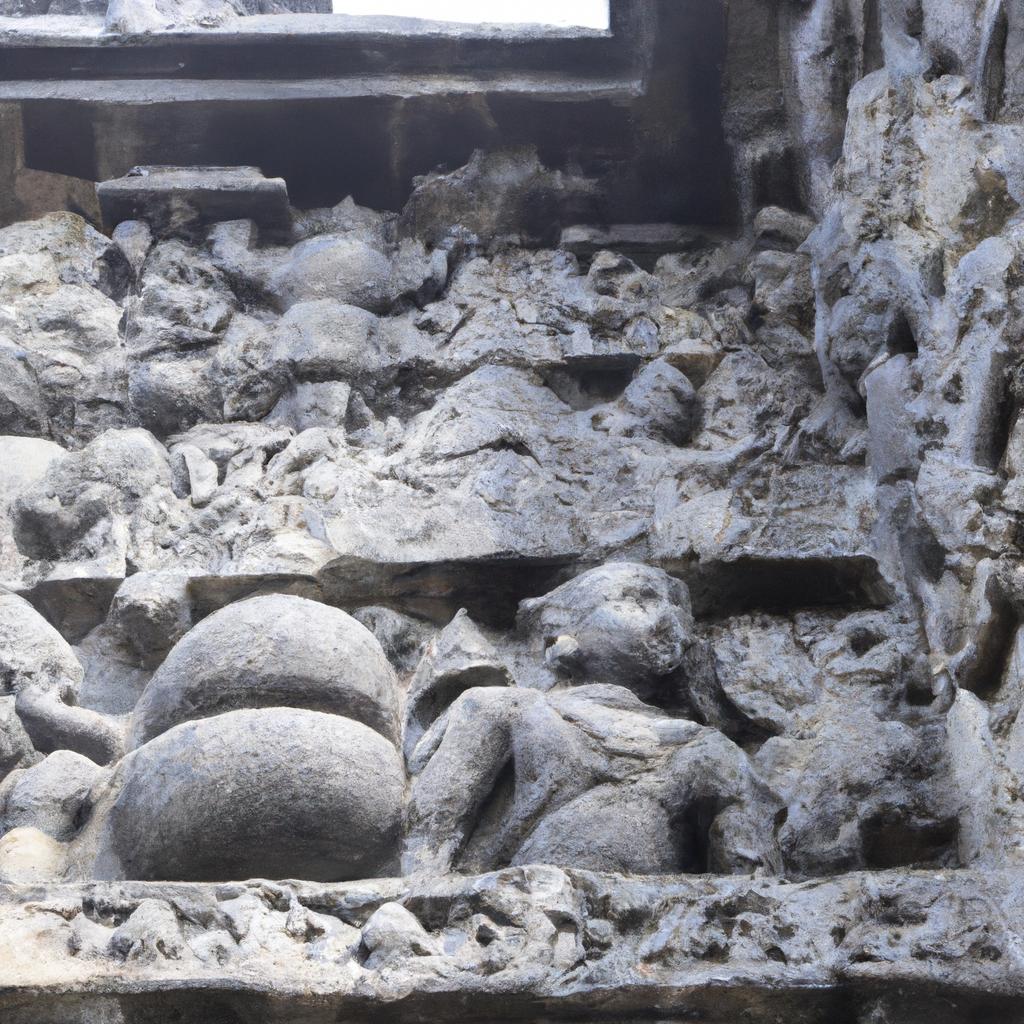
From ancient civilizations to the present day, humans have been creating monumental carvings to celebrate their culture and history. Crafted from materials such as stone, wood, and metal, these carvings showcase exceptional skill and meticulous artistry.
We find some of the earliest examples of monumental carvings in ancient civilizations like Egypt and the Aztecs. The Great Sphinx of Giza, built around 2500 BCE, stands as one of the oldest and largest carvings in the world. The Aztecs, too, created massive stone carvings depicting their gods and goddesses, many of which still exist in Mexico.
Other ancient cultures, including the Greeks, Romans, and Chinese, also left their mark in the world of large carvings. The Greeks crafted enormous statues of their deities, such as the statue of Zeus at Olympia. Similarly, the Romans were renowned for their large-scale sculptures, like the Colossus of Constantine. The Chinese, meanwhile, specialized in intricate stone carvings of Buddha and other religious figures.
Modern Examples and Cultural Significance
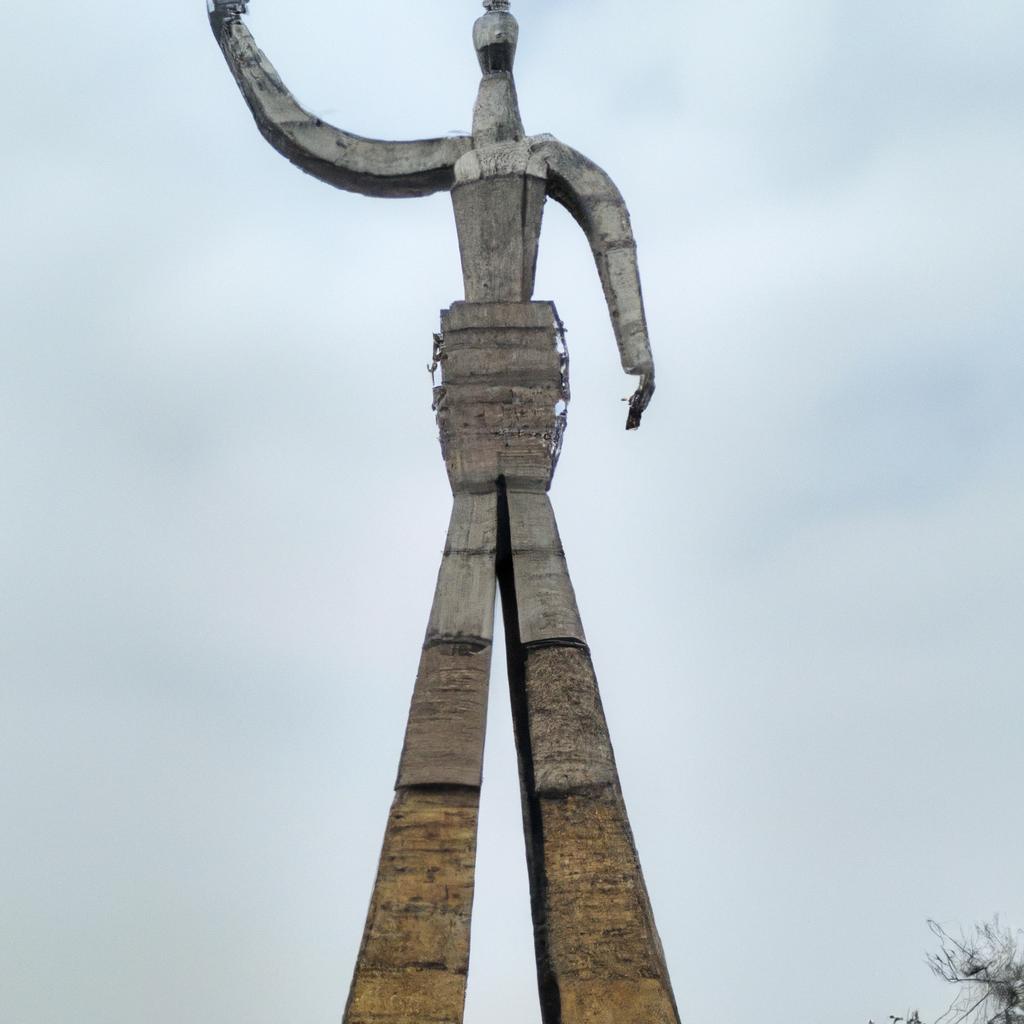
Today, the tradition of creating large carvings continues to thrive. Notable modern examples include the Crazy Horse Memorial in South Dakota, USA, and the Spring Temple Buddha in China. The Crazy Horse Memorial, still under construction, is a massive carving of the Lakota warrior Crazy Horse. On the other hand, the Spring Temple Buddha stands as the tallest statue globally, reaching a towering height of 128 meters.
The significance of large carvings varies across different cultures. Some are regarded as religious or spiritual symbols, while others celebrate historical figures or events. For example, India’s largest carving, the Kailashnath Mahadev Statue, represents the Hindu god Shiva. In contrast, the Mount Rushmore National Memorial pays tribute to four American presidents.
The world of the largest carvings is steeped in tradition and cultural heritage. These monumental creations continue to captivate and inspire us, showcasing both their grandeur and historical significance.
The Making of the World’s Largest Carvings

Creating the world’s largest carving is no small feat. It requires the expertise and craftsmanship of master artists, along with a deep understanding of the art and science of carving. Let’s take a closer look at the process behind crafting these monumental works of art.
The creation process begins with a vision or concept. Artists or teams of artists then develop designs or blueprints, considering the size, shape, and intricate details required. Once the design is finalized, the carving process commences.
The carving process can span weeks, months, or even years, depending on the size and complexity of the masterpiece. It begins with creating an outline using basic tools like chisels, hammers, and saws. The outline is gradually refined, with intricate details added using specialized tools such as grinders, sanders, and polishers.
Over time, the tools and techniques used for large carvings have evolved. Advanced machines like CNC routers and laser cutters allow for greater precision and speed. However, traditional techniques like hand-carving, sandblasting, and acid etching still hold their place.
Creating these massive carvings presents its fair share of challenges. The sheer size and weight can make transportation and installation difficult. Achieving the level of detail required demands time, skill, and expertise. Additionally, funding such projects can prove to be a significant hurdle.
Nevertheless, master craftsmen persevere, creating breathtaking works of art that leave us in awe.
The Top 5 Largest Carvings in the World
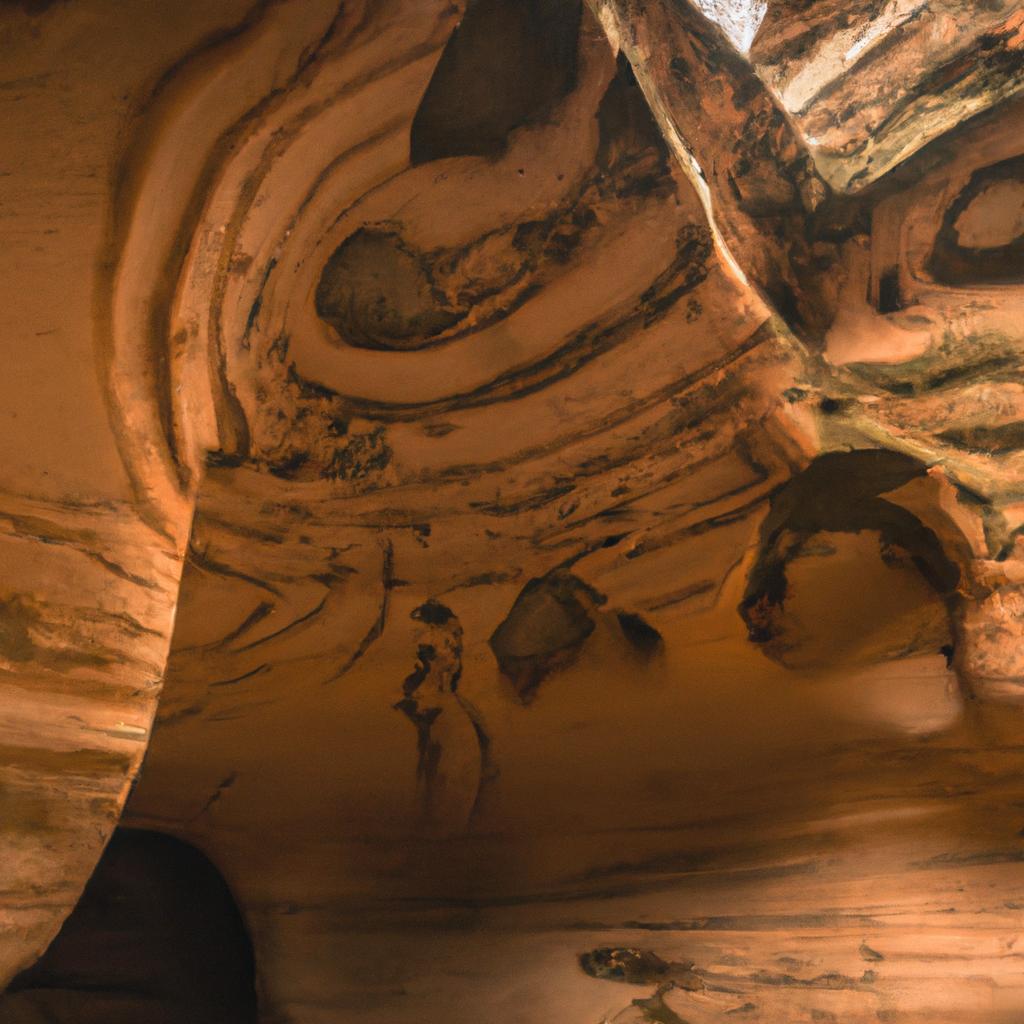
If you’re an art and culture enthusiast, you’ve likely heard of the top 5 largest carvings in the world. These extraordinary masterpieces are scattered across different parts of the globe, each carrying its own significance within its respective culture.
-
The Spring Temple Buddha: Located in Lushan County, Henan, China, this bronze Buddha statue stands at a remarkable height of 153 meters. Unveiled in 2008, it represents Vairocana Buddha and holds immense cultural and religious importance in China.
-
Laykyun Setkyar: Situated in Khatakan Taung, Myanmar, this reinforced concrete statue of Gautama Buddha stands tall at 116 meters. Completed in 2008, it serves as a significant religious and cultural symbol in Myanmar.
-
Ushiku Daibutsu: Found in Ushiku, Japan, this bronze statue of Amitabha Buddha reaches a height of 120 meters. Completed in 1993, it holds great religious and cultural significance in Japan.
-
Guan Yin of the South Sea of Sanya: Located in Sanya, China, this bronze statue of Guanyin, the bodhisattva of compassion, stands tall at 108 meters. Completed in 2005, it is an essential religious and cultural symbol in China.
-
Statue of Unity: Situated in Gujarat, India, this bronze statue represents Sardar Vallabhbhai Patel, a prominent political leader in India. Standing majestically at a height of 182 meters, it was completed in 2018, serving as a significant cultural and historical symbol in India.
Each of these carvings is unique, carrying its own historical and cultural significance. They draw millions of visitors each year, contributing substantially to local economies.
The Impact of the World’s Largest Carvings
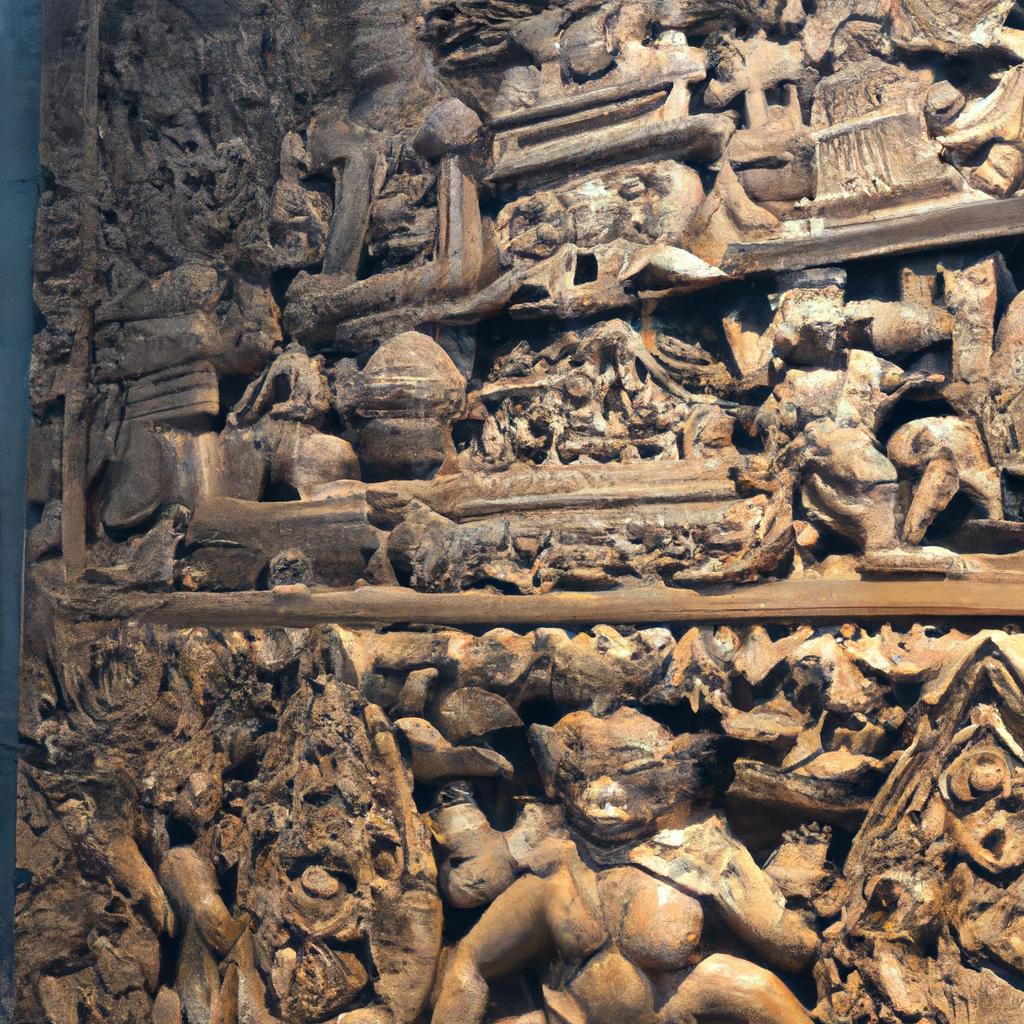
As we discussed earlier, the world’s largest carvings are not only cultural assets but also major tourist attractions. Let’s examine the impact of these monumental creations on tourism, culture, and the economy.
Large carvings play a vital role in attracting tourists to various regions worldwide. Many of these carvings are located in remote or underdeveloped areas, providing a much-needed boost to local economies. Visitors from all corners of the globe journey to witness the sheer magnificence and splendor of these carvings. They spend on accommodation, food, transportation, and souvenirs, generating revenue for local businesses and creating job opportunities for locals.
These carvings hold immense cultural and historical significance, serving as embodiments of the artistic traditions and beliefs of the people who crafted them. They provide valuable insights into our collective past, preserving cultural heritage and connecting us to our roots.
Moreover, the presence of large carvings in a region brings significant economic benefits. Apart from attracting tourists, they can create employment opportunities for locals. These masterpieces also foster local pride and identity, boosting morale and self-esteem within the community.
The creation and preservation of large carvings require specialized skills and craftsmanship, ensuring the preservation of a rich cultural heritage. The economic benefits associated with these carvings are diverse, providing both short-term and long-term advantages.
In conclusion, the impact of the world’s largest carvings is far-reaching and multifaceted. They serve as critical cultural and historical assets, major tourist attractions, and catalysts for economic growth across various regions. As we continue to appreciate and marvel at these breathtaking creations, we honor the artistic achievements of our ancestors, enriching our lives with their beauty and grandeur.
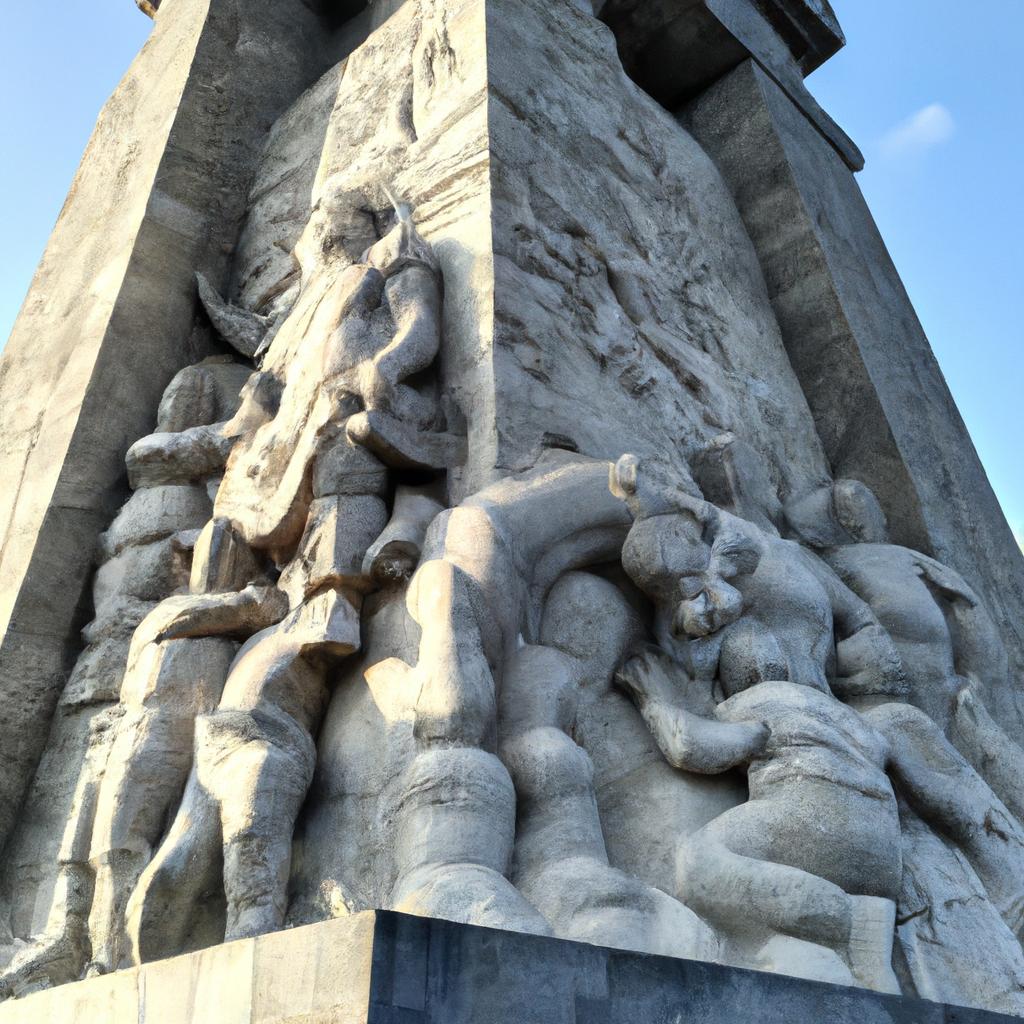
From ancient times to the modern era, the world’s largest carvings have captivated people around the world. These monumental works of art are not only cultural treasures but also major tourist attractions, generating substantial revenue for their respective regions.
In this article, we have embarked on a journey through the wonders and significance of the world’s largest carving. We have explored their history, the intricate process of their creation, and their profound impact on diverse cultures and economies. Additionally, we have delved into the top 5 largest carvings in the world, unveiling their cultural importance.
The world’s largest carvings stand as testament to human creativity, skill, and ingenuity. They embody the cultural and historical heritage of civilizations, inspiring awe and wonder in all who behold them. By cherishing and celebrating these magnificent works of art, we honor the artistic accomplishments of our ancestors and enrich our lives with their beauty and grandeur.
At TooLacks, we are dedicated to bringing you the latest news and information about nature, gardening, and animals. We hope this article has deepened your appreciation for the world’s largest carving. Stay tuned for more enthralling articles on TooLacks!
